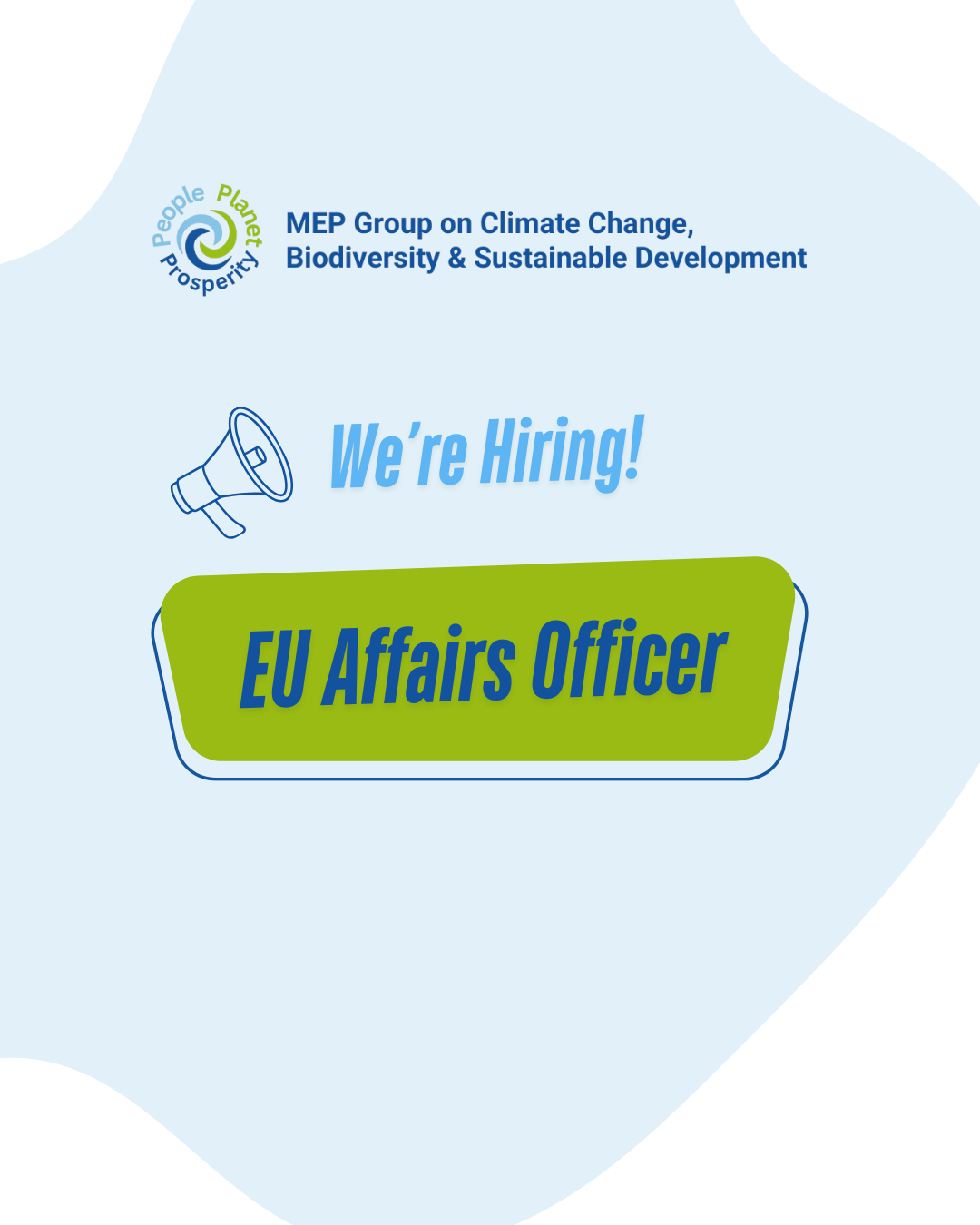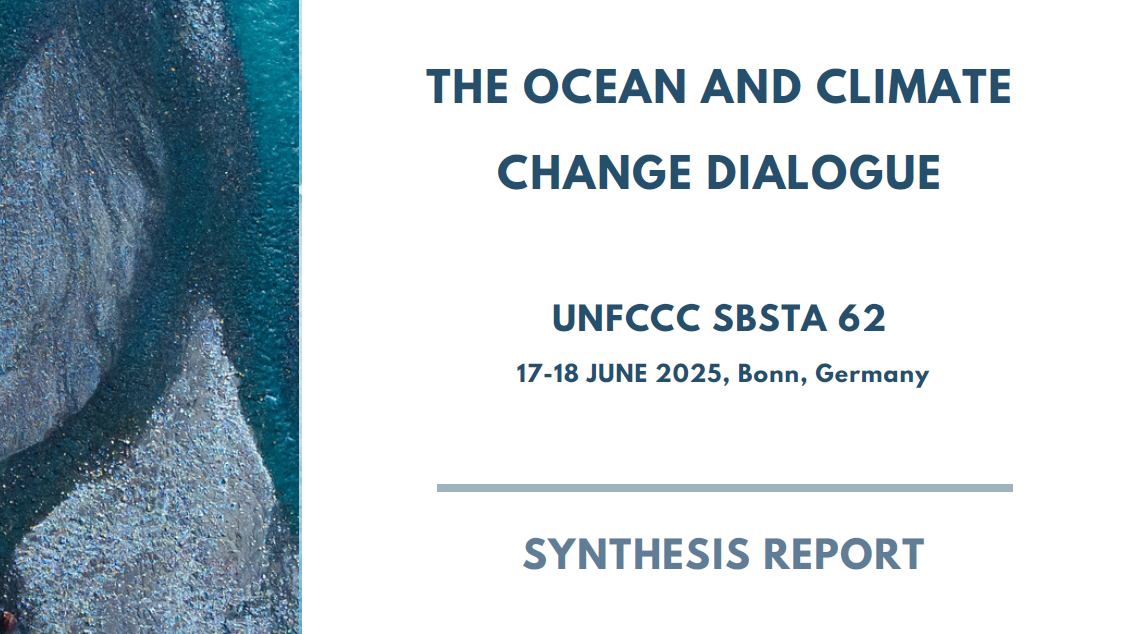Target 3 of the Kunming-Montreal Global Biodiversity Framework sets the objective to effectively conserve and manage 30% of the land and seas by 2030, through well-connected and equitably governed systems of protected areas and Other Effect aera-based Conservation Measures (OECMs). According to Decision 14/8 of the Convention for Biological Diversity (CBD), all parties have to facilitate mainstreaming of OECMs into key sectors, such as agriculture, fisheries, forestry, mining, energy, tourism and transportation. In the EU, in addition to the 30 by 30 target, the EU Biodiversity Strategy sets the target to strictly protect 10% of these protected areas. Following its endorsement, the Commission published criteria and guidance for protected areas designations including OECMs to help Member States achieve this target.
While OECMs have been used traditionally by fisheries management bodies for protecting biodiversity, the concept is relatively new in the conservation dialogue. It is therefore essential to bridge narratives and experiences between national authorities, international organisations, experts and relevant NGOs currently working on the issue to foster a shared understanding on Fisheries-OECMs, while encouraging cooperation and partnerships for the implementation of Kunming-Montreal Global Biodiversity Framework and the EU Biodiversity Strategy.
The event focused on identifying, evaluating and reporting Fisheries-OECMs in view of understanding how they can complement the MPAs network to achieve the 30 by 30 target. It further provided the opportunity for national authorities to exchange with all different stakeholders. The theme of the session is included in the Capacity Building Strategy of the LIFE IP PAF INTEMARES project “Integrated, innovative and participatory management of the Natura 2000 Network in the marine environment”. Specifically, it is related to Programme 6 “Exchange of Experiences in Marine Management” and Programme 7 “Specific training programme in the effective management of marine Natura 2000 Network”.
Agenda
09.00 – 09:30: Welcome by Representatives from Fisheries & Environment Ministries, and CEPESCA
09:30 – 10.00: What are Fisheries-OECMs and how to identify, evaluate and report them (Amber Himes Cornell FAO – video-message intervention)
10.00 – 10.30: Implementation of OECMs in fisheries, how to get started + quick screening process – Serge Garcia, IUCN Fisheries Expert Group
10.30 – 11.00: Coffee break
11.00 – 11.30: Implementation of the EU Biodiversity Strategy and the 30% protection target – Jorge Alonso Rodríguez, Head of Marine Protected Areas, Spanish Ministry for the Ecological Transition and the Demographic Challenge
11.30 – 12.00: Current fisheries’ conservation measures implemented in Spain – Juan Manuel Elices López, Deputy Director General of National Fishing Grounds and Waters of the European Union, Spanish Ministry for Fisheries, and María Pilar Vara del Río, Deputy Director General of Scientific Research and Marine Reserves, Spanish Ministry for Fisheries
12.00 – 12.30: How can IEO contribute to the establishment of OECMs? – David Díaz, Deputy Scientific Director, Spanish Institute of Oceanography (IEO
12.30 – 13.00: What are the challenges for Fisheries-OECMs and how to overcome them? (Dr. Darius Campbel, Secretary, The North East Atlantic Fisheries Commission – NEAFC)
13.00 – 13.45: Presentation of case studies – Serge Garcia, IUCN Fisheries Expert Group
13.45 – 14.15: Discussion
14.15 – 14.30: Summary and closure
Documents of the meeting
Report of the event of the event.
Presentations:
- Implantación OECMs en pesquerías – Serge García UICN
- Estrategia UE Biodiversidad -Jorge Alonso MITECO
- Medidas Actuales de Conservación de Pesquerias – M.Pilar Vara MAPA
- Medidas Técnicas Conservación Pesqueros – Guillermo Bravo MAPA
- Contribución IEO al establecimiento de OECM – David Díaz
- Retos OECM pesqueras – Caso estudio NEAFC -Darius Campbell
- Examples of potential fishery-OECMs -Serge García UICN




